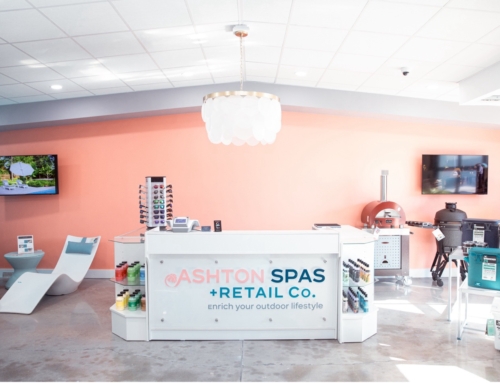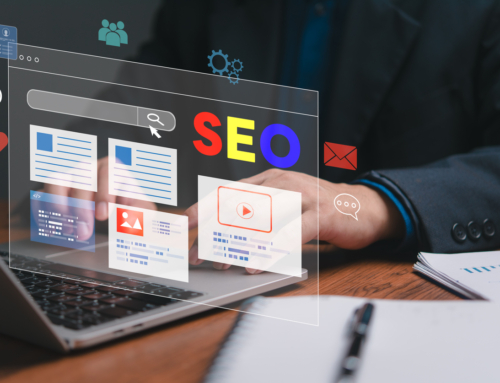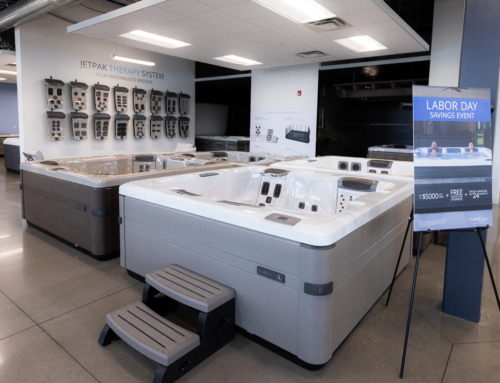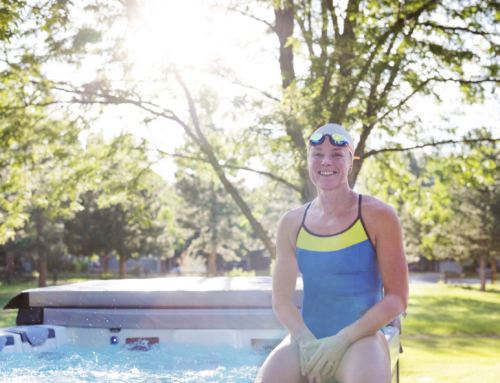To make informed decisions in your spa business, you need to know the numbers. However, managing your spa dealership is more than looking at closing rates and revenue; it’s about quantifying your potential.
Sales managers and business owners alike use key performance indicators (KPIs) to measure the strengths and shortcomings of all facets of the business, from the number of prospective customers to the effectiveness of showroom displays. The more you can measure, the less guesswork required in making smart decisions.
Lagging or Leading
Before you start counting every fact and figure involving your dealership, you need to identify the most effective performance indicators. First, there are two types: lagging and leading indicators. Lagging indicators are metrics which show results after-the-fact. For instance, closing rates, sales, and product mix are all lagging indicators. They are helpful for reaching long-term goals, but provide little help in short-term turnarounds.
Leading indicators that measure opportunity and potential help determine where and how to concentrate your efforts, motivate your sales team, and improve marketing strategies.
Leading indicators are more speculative and focus on current activity. Instead of hard numbers, leading indicators measure opportunity and potential. For instance, tracking the number of calls regarding a specific hot tub model or changes in website activity are both examples of measured potential. With this information, you can determine where to concentrate your efforts, motivate your sales team, and improve marketing strategies.
Key Performance Audit
With a basic understanding of how different kinds of KPIs can inform your business, let’s take a look at exactly where those key indicators are found. Use the following outline to see where you can find untapped information in your sales and marketing activity.
1. Sales Team
When most of your revenue is based on sales made on the showroom floor, your success hinges on the effectiveness of your sales team. While obviously important, keep in mind that sales numbers are lagging indicators, which means they do little to increase the chance of future leads.
To get the most benefit out of your sales team KPIs, you need to focus on your team’s activity between sales, including their interactions with customers. So when identifying specific metrics, retailers should break down the sales funnel and look at each juncture individually: prospecting, qualifying, advancing, and closing. The more you know before a sale is made, the better you can execute the sale. Here are few quantifiable ways to measure ongoing sales activity:
- Count the number of cold calls, walk-ins, and emails
- Measure the rate at which prospects are led through the sales funnel
- Track the number of follow-up conversations
- Tally the leads generated per week
- Calculate the closing rate
2. Advertising
Marketing is an expensive but necessary part of building your spa brand, especially when competing with the big box stores. Consequently, you need to spend the money wisely. To avoid pouring cash into ineffective advertising, you need to look at your marketing KPIs. As business marketing continues to expand in the digital realm, data gathering can be overwhelming especially for smaller brick-and-mortar businesses. Amidst a compendium of information, focus on several that matter most to your goals. These can include:
- Cost per click through
- Leads generated from broadcast or online campaign
- Calls referring to your marketing material
3. Products and Inventory
Your inventory and product selection are clearly important factors in the success of your spa business. While you certainly take stock regularly, there’s more to learn from your inventory than quantity. In fact, more important than how much product you have is how quickly it’s turning over. Additionally, you should also track which products have higher rates of return. When you know which products are moving the fastest, you can examine ways to encourage sales in slower items. Keep an eye on the following KPIs:
- Rate of return (for each product)
- Inventory turns (revenue divided by average inventory over a period of time)
4. Customers and Prospects
When you track interactions with your customers and prospects, you gain a great deal about lead generating. As you did with your sales team KPIs, you want to isolate critical moments in the sales funnel. Tracking interactions can help you make decisions along the way, allowing you to refocus your efforts toward leads that have more potential.
Furthermore, in measuring customer activity, you can identify shifts in purchasing behaviors, such as new preferences or expectations. If current sales efforts yield less consumer engagement than they once had, it’s time to rethink your approach. To keep an accurate pulse on your customers’ spending habits and tastes, pay attention to the following metrics:
- Count new prospects daily, weekly, and monthly
- Log each follow-up conversation
- Measure the rate at which the prospect converts
- Catalog the types of leads generated (walk-in, online, phone call, etc.)
- Identify rate of repeat business
5. Website
Your website is like an extension of your showroom, casting a much wider consumer net across the globe. It also provides valuable consumer metrics. As in your showroom, you can track the number of prospects who visit your store online, differentiate between those who are looking for specific products and those just browsing, and even open a conversation with a new lead.
When you pay attention to your web traffic, you gain insight from a larger sample size than your showroom walk-ins. Using the data gathered from your website, you can learn more about your customers’ browsing and spending habits. Important indicators to watch include:
- Content engagement
- New content frequency
- Link paths and user traffic
- SEO and AdWord metrics
6. Testimonials
Online customer reviews can make or break your business. Think of customer testimonials as the last stage of the sales funnel. Every time a new customer leaves a review of a recent experience with your spa business, you learn something about that customer. More importantly, whether good or bad, you left an impression on that customer.
When your customers engage with review sites, they are giving you free consulting work. Don’t let this information go to waste. To make the most of it, track the following KPIs regarding testimonials:
- Frequency of online reviews
- Quality of experiences
- Recurring issues
- Issues addressed
- Online platforms used
7. Showroom
At the epicenter of your business is the showroom. In your showroom, you get direct interaction with prospects and customers, providing instant feedback on your performance. As a result, you need to account for how different aspects of your showroom affect the sales process. Is the atmosphere a conducive sales environment? Do customers ask about floor model displays? While you may think your showroom floor is acceptable, it may not be as effective as it could be. To get more insight into your customers’ shopping habits and your sales process, pay attention to the following activities:
- Interactions resulting from in-store displays
- Requests for more information about floor models
- Time customers spend browsing
- Ease with which customers find products
With so many KPIs to keep track of in your spa business, it’s easy to get overwhelmed. However, for most brick-and-mortar businesses, you want to keep it to the basics. You can gain valuable information just by tracking the day-to-day experiences of your customers and sales staff. Pair them with hard numbers and statistics, and you can extrapolate an appropriate plan of action to meet your business goals.









Leave A Comment